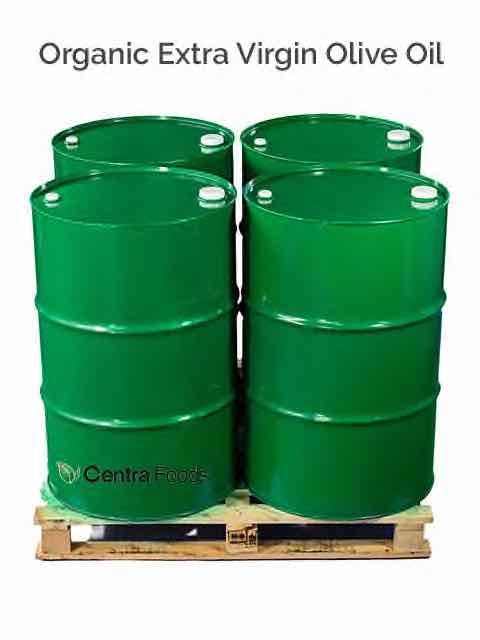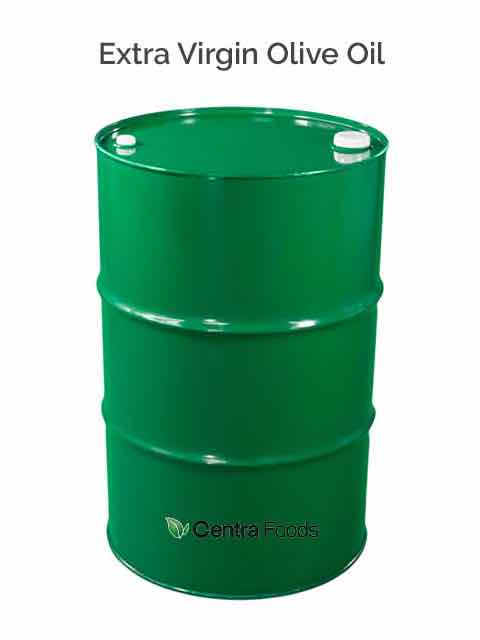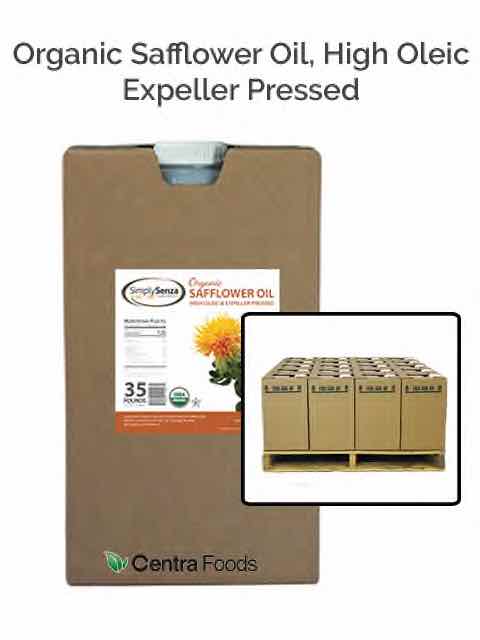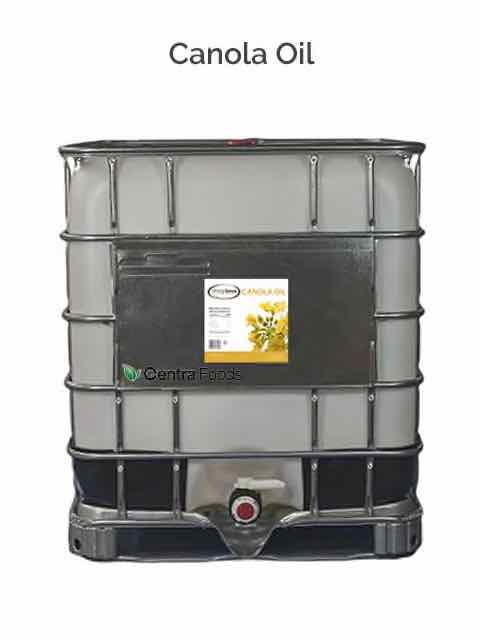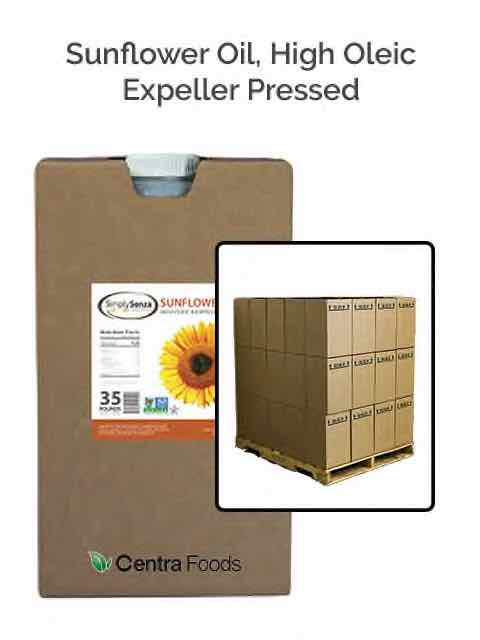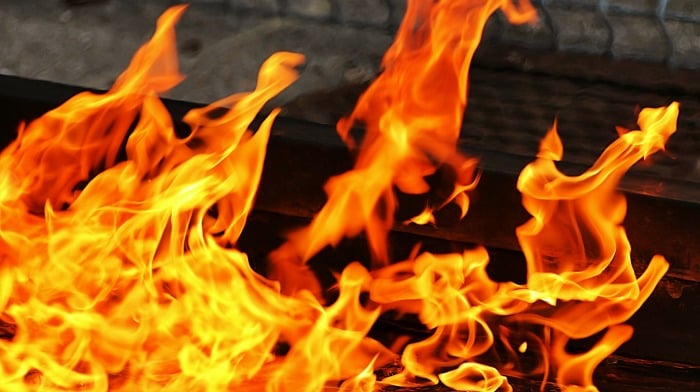
The smoke points of oils are important. These temperatures indicate at what temperature a particular type of oil will begin to smoke at, and they are key for allowing manufacturers to choose the right oils for their production process.
But depending on who you ask, you may get different smoke point temperatures from different suppliers, even when they are supplying the same type of oil.
Why The Variance In Smoke Points?
Why the variance? Every manufacturer has slightly different chemical make-up of their oils because of processing methods or the particular lot of that oilseed or fruit (it is, after all, a natural product, so it will vary). All of these factors can vary slightly, which can affect the smoke points. You may also see smoke point variations because of subjectivity during testing, and the particular lot that was tested.
The Institute of Shortening and Edible Oils, Inc. released a chart that includes the results from their smoke, flash and fire point tests for different commercially available oils.
As an independent institute who’s performed chemical testing, their results, in my opinion, hold a bit more weight than Wikipedia (you think?). But they can also give you a baseline to compare against your supplier(s) spec sheets. However, if you’re currently buying oil, we recommend that, at the end of the day, you follow your suppliers indicated smoke points, because it typically refers to that specific oil that you’re buying.
Typical Smoke, Flash & Fire Points of Commercially Available Edible Fats & Oils
Below is the chart from the Institute of Shortening and Edible Oils, based on their own tests and findings.
| Oil Type | Smoke Point (˚F) | Flash Point (˚F) | Fire Point (˚F) |
| Palm Olein | 446 | 615 | 666 |
| Palm Oil | 489 | 615 | 666 |
| Coconut Oil | 385 | 563 | 626 |
| Canola Oil | 457 | 619 | 662 |
| High Oleic Canola Oil | 464 | 644 | 680 |
| Corn Oil | 455 | 617 | 670 |
| Soybean Oil | 464 | 626 | 680 |
| Soybean Oil (hydrogenated) | 446 | 626 | 680 |
| Cottonseed Oil | 450 | 606 | 680 |
| Peanut Oil | 446 | 633 | 680 |
| Sunflower Oil - Mid Oleic | 412 | 607 | 678 |
| Sunflower Oil - High Oleic | 471 | 606 | 680 |
| Rice Bran Oil | 444 | 615 | 695 |
| Lard | 464 | 626 | 680 |
Editors Note: “The values in this table represent typical smoke, flash and fire points for each commercially available edible fat and oil. The values are based on a single test for each fat and oil source, thus they do not represent a statistically valid mean or indicate of the range of values attributable to each of the source oils. Smoke, flash and fire points may vary within a source oil due to such factors as processing techniques, and/or seasonable variations. In addition, there can be analyst subjectivity when using this test procedure (AOCS Cc 9a-48 method)… Commercial samples were tested after deodorization and had a free fatty acid content of 0.05% or less.”
Estimated Smoke Point Reference Chart
Keep in mind, the above chart is just what the Institute of Shortening and Edible Oils released.
Each supplier typically tests their own oil and offers their own suggested smoke points. This leaves quite a bit of variance for what you will see industry-wide as suggested smoke points.
Here's a common guide that will give you a basic smoke reference point for a number of different cooking oils. This doesn't reflect specific manufacturers findings or the testing done by the Institute of Shortening & Edible Oils, so you may find different information on the chart above or even on our spec sheets. It is, however, a good guide in your initial research process.
Fat |
Quality |
Smoke Point |
|---|---|---|
|
Flax seed oil
|
Unrefined | 225°F |
|
Safflower oil
|
Unrefined | 225°F |
|
Sunflower oil
|
Unrefined | 225°F |
|
Butter
|
250–300°F | |
|
Peanut oil
|
Unrefined | 320°F |
|
Safflower oil
|
Semirefined | 320°F |
|
Soybean oil
|
Unrefined | 320°F |
|
Sunflower oil, high oleic
|
Unrefined | 320°F |
|
Walnut oil
|
Unrefined | 320°F |
|
Hemp oil
|
330°F | |
|
Coconut oil
|
Virgin (Unrefined) | 350°F[7] |
|
Sesame oil
|
Unrefined | 350°F |
|
Soybean oil
|
Semirefined | 350°F |
|
Corn oil
|
Unrefined | 352°F |
|
Vegetable shortening
|
360°F | |
|
Avocado oil
|
Un-Refined, Virgin | 375-400°F |
|
Canola oil(Rapeseed)
|
Expeller Press | 375-450°F[5] |
|
Olive oil
|
Extra virgin | 375°F |
|
Lard
|
390°F | |
|
Olive oil
|
Virgin | 391°F |
|
Castor oil
|
Refined | 392°F |
|
Canola oil
|
Refined | 400°F |
|
Walnut oil
|
Semirefined | 400°F |
|
Olive oil, high quality (low acidity)
|
Extra virgin | 405°F |
|
Macadamia oil
|
413°F | |
|
Tallow (Beef)
|
420°F | |
|
Cottonseed oil
|
420°F | |
|
Almond oil
|
420°F | |
|
Grapeseed oil
|
420°F | |
|
Hazelnut oil
|
430°F | |
|
Sunflower oil
|
Refined | 440°F |
|
Corn oil
|
Refined | 450°F |
|
Peanut oil
|
Refined | 450°F |
|
Coconut oil
|
Refined with stabilizers | 450°F |
|
Sesame oil
|
Semirefined | 450°F |
|
Sunflower oil
|
Semirefined | 450°F |
|
Palm oil
|
Difractionated | 455°F |
|
Olive oil
|
Pomace | 460°F |
|
Soybean oil
|
Refined | 460°F |
|
Olive oil
|
Extra light | 468°F |
|
Canola oil
|
High Oleic | 475°F |
|
Ghee (Indian Clarified Butter)
|
485°F | |
|
Tea seed oil
|
485°F | |
|
Mustard oil
|
489°F | |
|
Rice bran oil
|
490°F | |
|
Safflower oil
|
Refined | 510°F |
|
Avocado oil
|
Refined | 520°F |
What’s So Important About Smoke Points?
If you needed to fry your product at 480˚F you wouldn’t want to choose an oil with a smoke point of 300˚F. You would find that, when you heated the oil over it’s smoke point, it would begin to smolder, smoke, or get an burned-flavor that would be imparted into your food.
You’d also be toying with the lines of fire safety and increasing the risk you are exposing your production line to. So these temperatures are all good indicators to be aware of.
Topics: Quality Control


